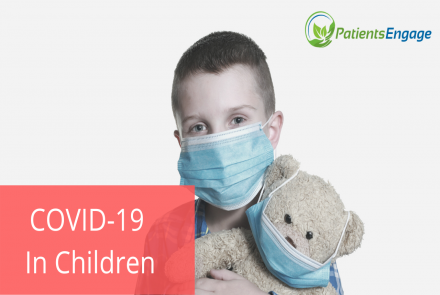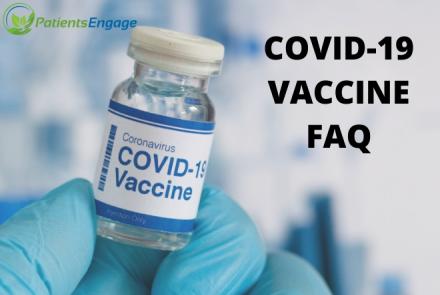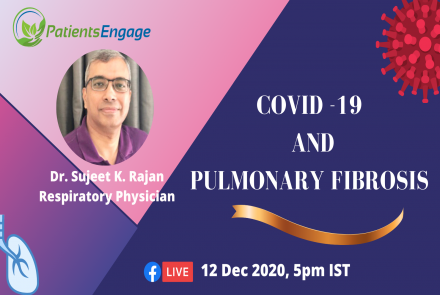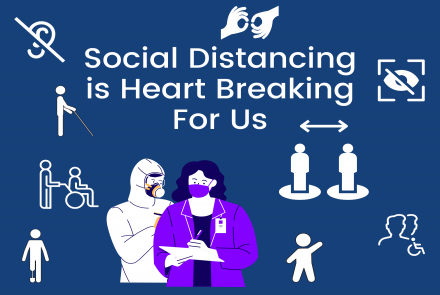
Mild cases of Covid-19 can be managed at home. Dr. Shital Patel explains the protocols for home isolation and how to care for a Covid-19 patient at home with mild symptoms. How to monitor and when to seek medical attention.
Who should Isolate?
Patients who have tested positive for Covid-19. After evaluation by a medical officer, mild and asymptomatic patients should continue to isolate at home.
Patients who have Covid-like symptoms but have tested negative.
Who should quarantine? (This changes over time. Please check current local government guidelines)
Care providers of a Covid patient
People who have travelled abroad or to a city/town with significant Covid cases.
People who have travelled to any crowded place such as a congregation, mela, rally, wedding etc.
Migrant workers who are returning to their hometown.
How to isolate?
- Stay in a separate room in the house.
- Migrants travelling into their villages can use the designated safe houses.
- There should be no physical contact with any members of the house.
- Meals and other essentials must be kept outside the door. Food can be served in disposable plates to avoid washing.
- Avoid sharing any items such as towels, clothes, mobile phones etc.
- Make sure the room has a window and is well ventilated.
- The room should ideally have an attached bathroom. If not, then the shared bathroom should be cleaned and disinfected after every use. Disinfection must be done with 1% sodium hypochlorite (commonly called bleach).
- Disinfect commonly touched items like door knobs/handles, plugs/switches etc with the disinfectant.
- Whenever the patient is stepping out of the room or if the care giver is entering the room, then both must wear a 3-layered medical mask. Use of gloves and double masking is ideal.
- The isolated person must clean his own room and wash his own clothes and dishes.
Home Care tips for the Covid-19 patient
- Consult and stay in touch with your medical doctor.
- Take prescribed medicine for symptomatic relief.
- Continue medications for your other chronic conditions after consulting your doctor.
- Take sufficient rest, sleep well for a minimum of 8 hours daily.
- Drink lots of fluids to stay hydrated.
- Have home-cooked, well-balanced meals. Avoid outside, junk and processed foods. If home-cooking is not an option, get a tiffin service from a home chef and not a restaurant.
- Check your temperature daily or if your body feels hot or cold at any time.
- Check your BP and oxygen saturation levels daily. Keep a log.
- If you have Hypertension and/or Diabetes, monitor your BP and blood glucose regularly.
- Exercise daily in the room to stay fit and gain energy.
Check out the Video on Home Care Tips For Covid-19 Patients
Monitoring fitness for Covid Patients
- Whether you are in isolation, quarantine or lockdown, make sure you take some time out of your day to exercise!
- If you have mild symptoms, do some form of exercise daily.
- If you have moderate symptoms, take the 6 min walk test daily to assess your cardiopulmonary functional capacity. If your O2 levels drop below 94%, notify your doctor immediately.
- Keep a log of all your health recordings.
|
Note: DO NOT take the 6 min Walk test if you have unstable chest pain, had a recent heart attack, have uncontrolled hypertension, have a resting heart rate of 120 bpm and are not ambulatory. |
What is the 6 min walk test?
It is a Simple test to check the distance a person can walk in 6 minutes. Commonly performed at a Cardiac or Pulmonary Rehab clinic.
Test can be done on a flat even surface or treadmill within the confines of the room in which the patient is isolated.
Avoid heavy meals or exercise before the test. Take the test between meals.
Wear your pulse oximeter, start the timer on your phone or watch and start walking till you have finished 6 minutes. Post test, sit down and rate your level of breathing difficulty using the Borg Scale. The scale has a range from 0 (no exertion) to 10 (maximal exertion).
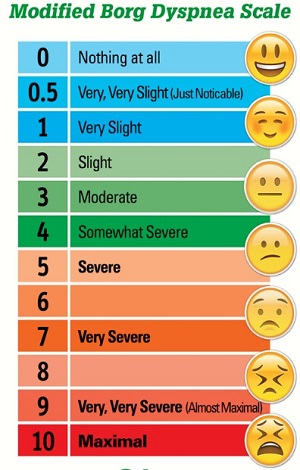
Measure the oxygen saturation as well after the test. After 6 mins, if the O2 does not go down, the person is considered healthy.
One can also measure your BP before and after test.
|
Note: Stop the test immediately if there is severe shortness of breath, chest pain, leg cramps or numbness, sweating or pale appearance. |
Blood Oxygen Facts
Normal O2 Saturation level is 95% or higher. In older people, it is closer to 95%, while in younger people, it will be closer to 99%. People with chronic lung conditions like asthma or COPD will have a lower saturation , going as low as 89%.
The most efficient way to measure blood oxygen levels is via an arterial blood gas test (ABG). This is usually done at the hospital.
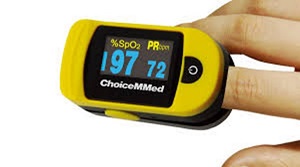
At home, the best way to check oxygen saturation is with a small device called a Pulse oximeter. Remember the oximeter may not provide an accurate measure like the ABG test but it is close enough and easy to use at home. Note that the reading can be be affected by dark nail polish, dirty fingers, poor blood circulation, dark skin, tremor or movement, low BP and even bright lights.
|
Note: Strong pain medications, anemia, chronic heart and lung conditions can also cause low oxygen levels. |
When to seek medical attention
If you notice no relief from medicines or increasing severity of symptoms, inform your caregiver and doctor immediately.
Watch out for symptoms and signs of low oxygen (less than 94% ). These include difficulty breathing at rest or when waking up, pain or pressure in the chest, unable to arouse or feeling of choking. If you have high fever after the 7th day, uncontrolled blood pressure or blood glucose , do inform your doctor right away.

Instructions for Caregivers
Avoid touching the patient.
Wear a mask everytime you are in front of the patient or in his/her room. The mask should be a 3 ply medical mask or a N-95.
Avoid touching your face and eyes.
Wash your hands thoroughly with soap and water after interacting with the patient.
Serve the patient’s meals at the doorstep. Use disposable plates if possible. The utensils can also be washed in hot water and soap by the caregiver and reused.
Use gloves when handling or cleaning the items used by the patient if possible.
Avoid sharing items with the patient such as clothes, bed linen, mobile phones etc.
Keep the waste of the patient in a separate garbage bag. Disposable Masks and gloves should be discarded in a separate bag.
References:
The Government of India’s Ministry of Health & Family welfare (MOHFW). https://www.mohfw.gov.in/

